Zimbabwe is a country with one of the best preserved ruins on the continent such as Great Zimbabwe. There lived one of the most powerful kingdoms in southern Africa between the twelfth and fifteenth centuries; which had in its gold mines and agriculture one of the most important sources of wealth in the area.
But then history changed and this fantastic country became a source of conflict mainly due to the wealth of the mines and agriculture. First, with the imperialist Rhodes, a man who made a fortune in the mining sector, who created the country of Rhodesia (present-day Zimbabwe) and who wanted to unite the entire African continent through a railway line, although this would mean annihilating the local black population. And secondly, with Mugabe, one of the longest-serving dictators in history who brought Zimbabwe to independence but who, with his policy of expropriating land from whites, also brought it into poverty.
Below we will summarize the history of Zimbabwe since the 19th century (if you want to know more about the previous centuries you can click here and read the article on the Great Zimbabwe Empire) based on these two controversial characters from the 19th century. modern african history.
Cecil Rhodes, the railway imperialist
Rhodes was one of the richest and most influential people in nineteenth-century Africa. He was born in 1853 into a family of eleven siblings. He was a child who was almost always ill: he did not stand out in school for his athletic or academic level. In 1870, on a medical prescription, he went to Natal (South Africa) to his brother’s farm. It seems that the doctor said that the weather in England affected his lungs and that the best solution was to leave there.
Shortly after settling in South Africa, Rhodes moved to the town of Kimberley, where he found a place in the diamond business that was beginning to emerge in this part of the African continent. There, he joined two of his friends who would become his future partners: Charles Dunell Rudd and Alfred Beit.
Although he returned to Europe to complete his studies at Oxford, he soon returned to Kimberley, where he bought some concessions to which no one gave him any value. But Rhodes, luck smiled on him! In that area that was his property began to sprout a lot of diamonds, making him one of the richest men on the planet. In March 1888, he and his two friends and partners founded De Beers Consolidated Mines Limited, which is now one of the most prosperous diamond companies (based in Canada) in the world, controlling much of the world’s mining concessions. Africa.
Rhodes also entered politics as Prime Minister of the Cape Colony from 1890 to 1896. He took an active part in various struggles against the Boers in order to limit his area of influence, and thus work for the expansion of the British empire.
With the money he got from the diamond mines, Rhodes became a very powerful man, with increasingly ambitious imperialist aspirations. The best known is the desire to unite Africa from north to south by rail. Rhodes wanted to unite the cities of Cape Town and Cairo and, to do so, financed caravans of soldiers to conquer the different territories along the way.
He persuaded reigns like that of King Lobengula (Zimbabwe) to sign contracts with him, leaving him the absolute freedom to exploit the territory in search of diamonds. He promised, in return, many things he would never fulfill. In 1890 he founded the British South Africa Company (BSAC) to continue the expansion of the British Empire into Africa.
For him, his dream was above any contract or dispute. In 1893, he overthrew the reign of King Lobengula, planting the British flag at Bulawayo, a strategic point from which he would begin to build various railway lines to continue his imperialist project. That’s where he discovered the Matobo area (if you want to discover this area, you can click here), and where he decided that if he died, his wish was to be buried there, in the World’s View from where, according to he, was above the sky.
His praxis consisted of the supremacy of the white race over the black race. For him, blacks were idiots and only served as cheap, slave labor. Some of his diaries contain some of his thoughts as when he was 23 years old and wrote: “My main goal in life is to be useful in my country. If God has a plan, we must first know what race God has chosen as the supreme one to carry out that plan. Unquestionably, this race is white. And within the white race, the English-speaking man, whether British, American, Australian, or South African, has proved to be the best instrument of the divine plan for the development of justice, liberty, and peace in the widest possible extent of planet. Therefore, for the rest of my life, I will dedicate myself to God’s purposes and help him make the world English. ” In 1877, Rhodes wrote, “I say that we are the first race in the world, and that the more we live in the world, the better for the human race. Human, what? There would be an alteration in them if they came under Anglo-Saxon influence … if there is a God, I think what he would like him to do is paint as much as possible of the map of red British Africa. ” And in 1894, in the Cape Town parliament, Rhodes said about the black vote that “on the issue of voting, we say that natives are in a way citizens, but not entirely citizens, they are still children. …. ”
He continued his project forming the country of Rhodesia, which was formed by present-day Zimbabwe, Malawi and part of Zambia and Botswana. However, he never saw his dream come true because he found a very resilient Belgian Congo and because the type of terrain (jungle) and wildlife (wild animals) hampered the construction of railway lines. He died in 1902, without seeing the inauguration of the iconic bridge over the Zambezi River, which is the current border between Zambia and Zimbabwe.
Rhodes was a very influential figure in the history of South Africa. He managed to create an empire and a country that bore his name, but his ways of annihilating the black population and relegating it to nothing led him to become a very controversial person. In recent years, his figure has returned to current affairs. In 2015, students at the University of Cape Town (one of the most prestigious in South Africa) mobilized to remove the statue from the university honoring Rhodes. Despite receiving the refusal from the rectory, they decided to pull over and load the statue of Rhodes. In addition, in many African cities where statues of this British imperialist are found, there have also been graffiti with the slogan “Fuck Rhodes” to protest the racist and supremacist attitude and behavior he had against the black population.
Many black students refuse to receive the Rhodes Scholarship to study at Oxford; and much of Zimbabwe’s black population has protested the removal of Matobo Hills’ body (with many similarities to the controversy surrounding the exhumation of the body of dictator Franco from a public place in Spain). However, the government of Zimbabwe does not consider it appropriate at the moment because, as a black worker from Matobo told us, Rhodes is also, unfortunately, part of the history of this country.
After the death of Rhodes, the country continued to be ruled by people of British descent until in 1980, the country gained independence and Robert Mugabe became part of the government.
Mugabe, one of the longest dictators in world history
Robert Mugabe made his mark on the public scene when he was the leader of the African National Union of Zimbabwe (ZANU) from the 1960s onwards and took part in the guerrilla war against white minority rule in Rhodesia during the World War II. ‘Liberation of the country (1964-1979). He led the country to independence in 1980, and was considered a hero by many people.
However, during his nearly 40 years in office, many saw him as a very controversial figure full of eccentricities like the ones you can read here in the curiosities section.
In the year 2000, Mugabe made one of the worst decisions that has ever affected the entire population of Zimbabwe. He expropriated all the land that whites owned in Zimbabwe. For him, they had to pay for so many years of occupation and colonialism. And after, the land should pass into the hands of blacks. Obviously, eye for eye and tooth for tooth didn’t work.
Zimbabwe was a country that exported many products that came from the lands of these whites who, despite having a different skin color, were as much from Zimbabwe as any black person. With the removal of land, exports began to decline sharply. The land went mainly to black people who were part of the government or the circle closest to Mugabe; but many of them had no idea of farming or cultivating, so they began to be abandoned.
Many black workers who once worked for white landlords were now out of work, and were often persecuted by Mugabe’s own government. All this led to a considerable increase in poverty, which tried to be contrasted with a monetary policy of printing money in bulk.This led to one of the largest hyperinflations in history (here you can learn more about the economic part of Zimbabwe) and the local population became increasingly impoverished.
Mugabe, after nearly 40 years in the power, immediately resigned from the government in 2017 after receiving all sorts of pressures to fold and to avoid a civil war in his country. He fled the country now governed by Emmerson Mnangagwa, one of the dictator’s strongmen. Robert Mugabe died at the age of 95 in Singapore and his legacy will always be tarnished by his corruption, his eccentricities, the expropriation of land and the increase in poverty in the country; although some see him as the hero who liberated Zimbabwe from the ruling white minority.




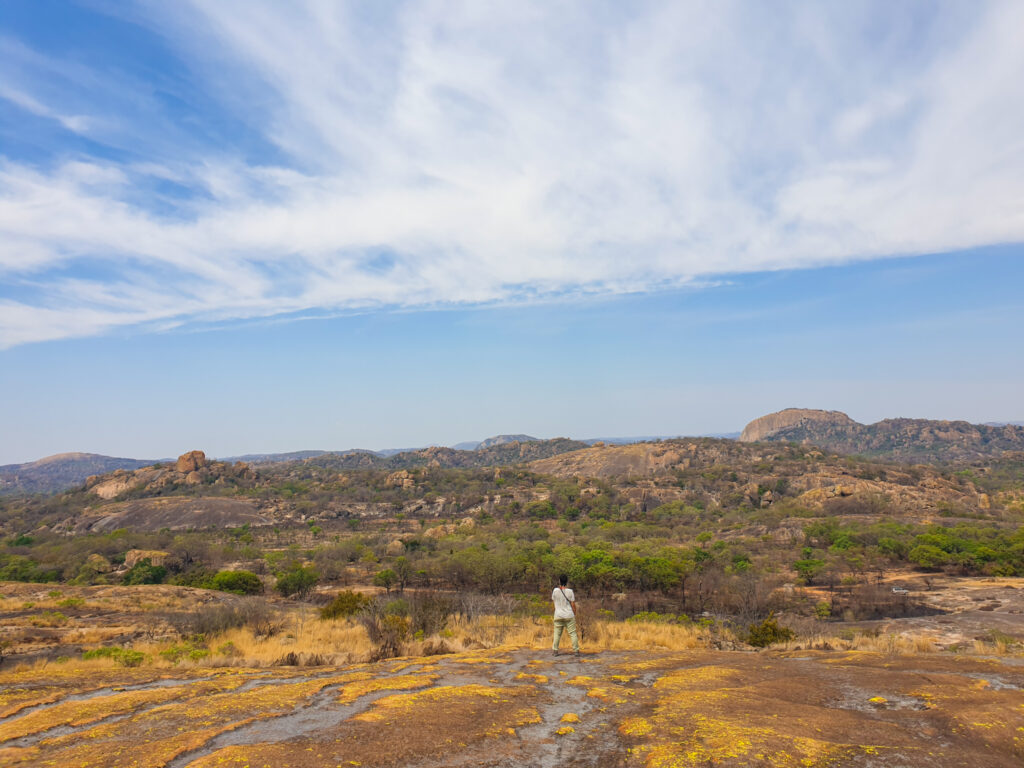
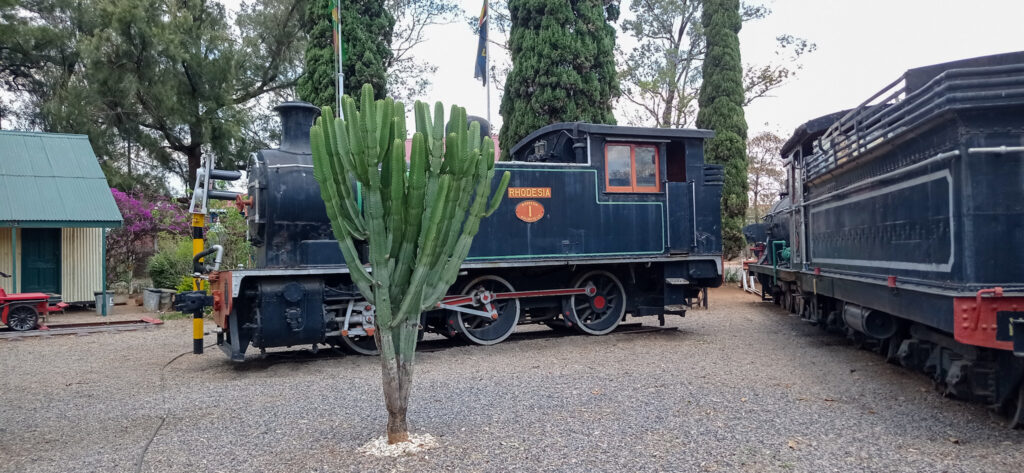



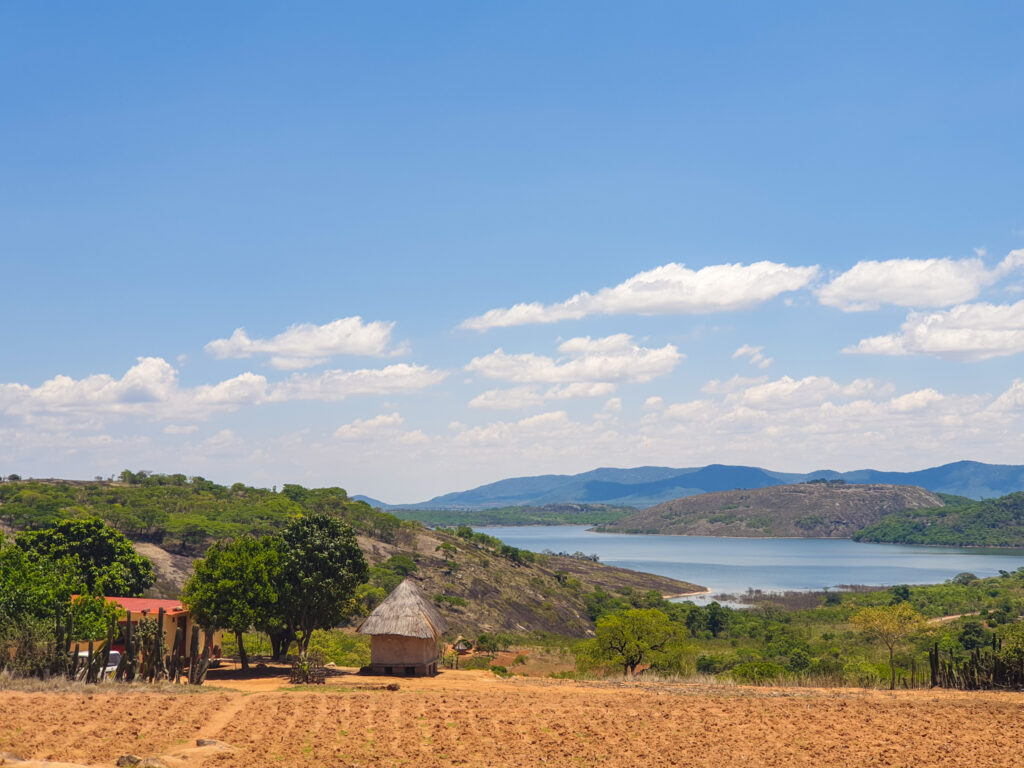
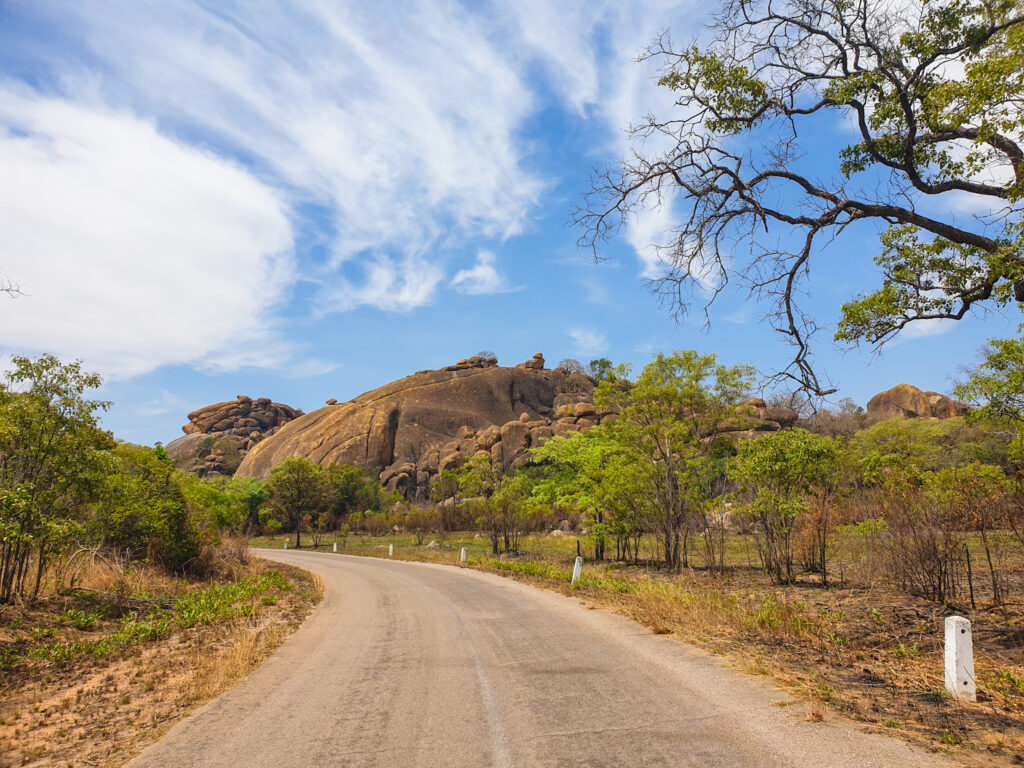


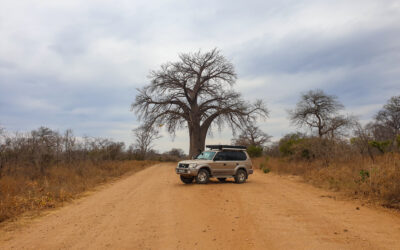


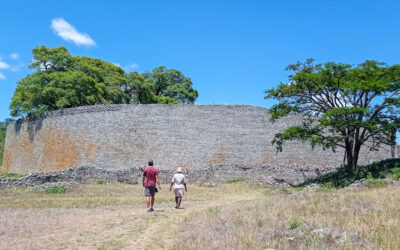
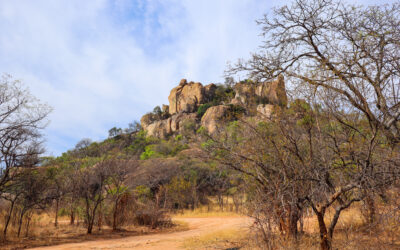


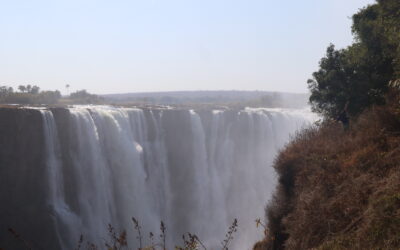
0 Comments